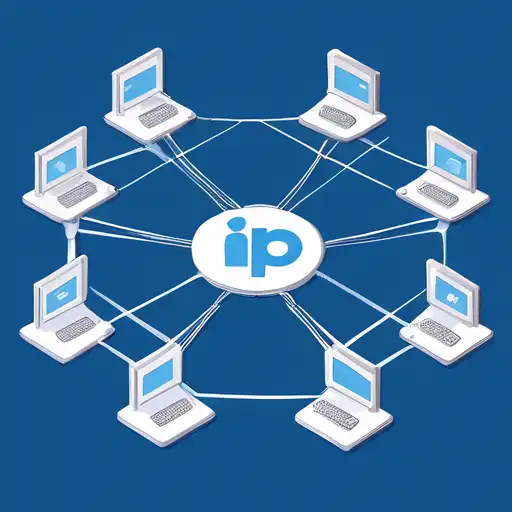Introduction to IP Addresses
In the digital world, understanding the basics of networking is crucial, and at the heart of this is the concept of IP addresses. An IP (Internet Protocol) address is a unique identifier assigned to each device connected to a network. This guide will walk you through the essentials of IP addresses, their types, and their role in networking.
What is an IP Address?
An IP address is a numerical label assigned to each device participating in a computer network that uses the Internet Protocol for communication. It serves two main functions: identifying the host or network interface and providing the location of the host in the network.
Types of IP Addresses
There are two main types of IP addresses: IPv4 and IPv6. IPv4 addresses are 32-bit numbers, typically displayed in decimal format as four octets separated by periods (e.g., 192.168.1.1). IPv6, on the other hand, is a 128-bit address, designed to replace IPv4 due to the exhaustion of IPv4 addresses.
IPv4 vs. IPv6
While IPv4 is the most widely used IP version, IPv6 offers a larger address space, improved security, and better efficiency. The transition from IPv4 to IPv6 is ongoing, with many networks now supporting both protocols.
How IP Addresses Work
IP addresses enable devices to locate and communicate with each other on a network. When you send a request to access a website, your device uses the website's IP address to find and connect to the server hosting the site.
Static vs. Dynamic IP Addresses
IP addresses can be static or dynamic. A static IP address remains constant, making it ideal for hosting websites or services. Dynamic IP addresses, assigned by a DHCP server, can change over time and are commonly used for residential internet connections.
Public vs. Private IP Addresses
Public IP addresses are used on the internet and are unique globally. Private IP addresses are used within a local network and are not routable on the internet. Devices on a local network share a single public IP address when accessing the internet, through a process called NAT (Network Address Translation).
Finding Your IP Address
You can easily find your device's IP address. On Windows, use the command prompt and type ipconfig. On macOS or Linux, open the terminal and type ifconfig. Your IP address will be listed under the network adapter you're currently using.
Conclusion
Understanding IP addresses is fundamental to navigating the internet and managing networks. Whether you're setting up a home network or delving into network administration, grasping the basics of IP addresses is a crucial first step. For more advanced networking topics, consider exploring our guides on networking basics and DHCP.
